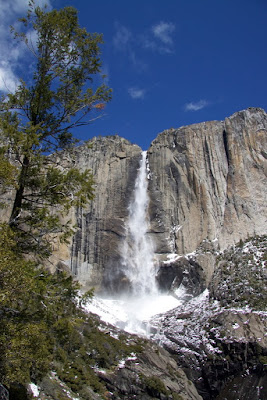Fifteen
plus Sixteen
equals Thirty-one
Oh dear, yes, that's 31 pounds of fava beans that I picked on Saturday. I waded through the bean patch picking beans as my husband sat on my little yellow garden stool catching the beans as I tossed them to him. He did help me to shell them before he left to watch a local high school baseball game. And just when I had all the beans blanched and ready to peel a friend showed up and offered to help me with that task. It was really quite pleasant - friend, favas and fine sparkling wine. And of course my husband reappeared just in time to help with the last bit of beans and bubbly. I made another batch of the fava dip and now I need to come up with a few more ways to use them. A lot of them are frozen for future use.
I harvested another pound or so of beans earlier in the week to try some grilled favas. I've read about grilling favas and always forgotten to try them prepared that way until after the harvest. This time I remembered and am I glad I did, they are delicious! It is the easiest way to prepare favas. Toss the fresh picked pods in a little olive oil, place them on a hot barbecue, stovetop ridged grill pan, under the broiler, whatever. Cook them until the skins start to develop blackened spots. Remove them from the heat and sprinkle them with some coarse salt and pepper, perhaps some chopped garlic and/or pepper flakes and serve. The beans steam in the pods and become tender. As you pop the beans out of the pods your fingers pick up the seasonings and flavor the beans. And the biggest surprise is that the pods are delicious also, the only part that isn't good is the stem end and strings that run the length of the bean. Small pods that haven't developed strings yet can be eaten whole. It's a great appetizer if you don't mind getting your fingers messy.
Here's the rest of the harvest for the week:
Golden Chard - 1 lb., 9.75 oz.
Favas - 32 lb., 2.25 oz.
Green Garlic - 1.5 oz. (what I remembered to weigh)
Cimmaron lettuce - 3.75 oz.
Noga lettuce - 3.75 oz.
Scallions - 10 oz.
Lumper potatoes - .5 oz.
Negresse potatoes - 3 oz.
Sorrel - 1.25 oz.
Strawberries - 8.5 oz.
The total for the week - 35 lb., 12.25 oz.
The total for the year - 112 lb., 1.5 oz.
Eggs last week - 22
If you would like to see what other garden bloggers have been harvesting lately you should head on over to Daphne's Dandelions, the home of Harvest Monday. I hope to see a report of your harvest there!






























